Michael Ross: Gainful Deployment – Stacking Overdrives
by Michael Ross
If you have been watching pedalboard videos on YouTube (and who hasn’t?) you have no doubt seen multiple overdrives on many boards. There might be two, three, or even four seemingly similar drives, possibly causing you to wonder, “Why do they need so many?”
The Colors of Crunch
One reason to have multiple drives on a pedalboard, or in a modeler preset signal path, is that each drive has its own tonal tinge. Some boost the midrange, some are relatively transparent, some are edgier, some smoother. Different songs and solos often call for different colors of crunch.
Why Stack?
With Helix or any other modeler you can easily set up presets that each have a single, different stomp set at a different level of distortion. And in the analog world you can have different drive pedals on your board set similarly, and just use them one at a time. So why stack them?
One thing that makes music communicative is dynamics. Controlling the level of your output and the amount of distortion on a note-to-note basis with just the strength of your pick attack, allows you to express yourself in a way that a heavily distorted, highly compressed sound, where all the notes are always the same tone and the same volume, does not.
Guitarists have found that stacking two pedals, each set for a low level of gain, feels more dynamic and less compressed than setting a single pedal to a high level of gain. It also tends to cut through a mix better than a heavily distorted pedal, even though the girth and sustain feel similar.
#Not all pedals
Though stacking is not limited to overdrives—you can also combine boost and drive, as well as fuzz and drive—one thing you may find when you start layering pedals is that some work together better than others. In the analog world, I love the sound emanating from each side of my Jetter Jetdrive dual overdrive, but I equally appreciate the way the two sides interact with each other, and also with my Trombetta Feederbone fuzz. No matter which sound combination I use, however, the result is musical and never overly compressed or muddy.
Going Soft
To demonstrate some of this I created a preset within the Helix Native plug-in, while playing my 1965 Fender Stratocaster.
I used a Tweed Blues Brt amp block set just on the edge of breakup, so that when I backed off my guitar volume it became clean.
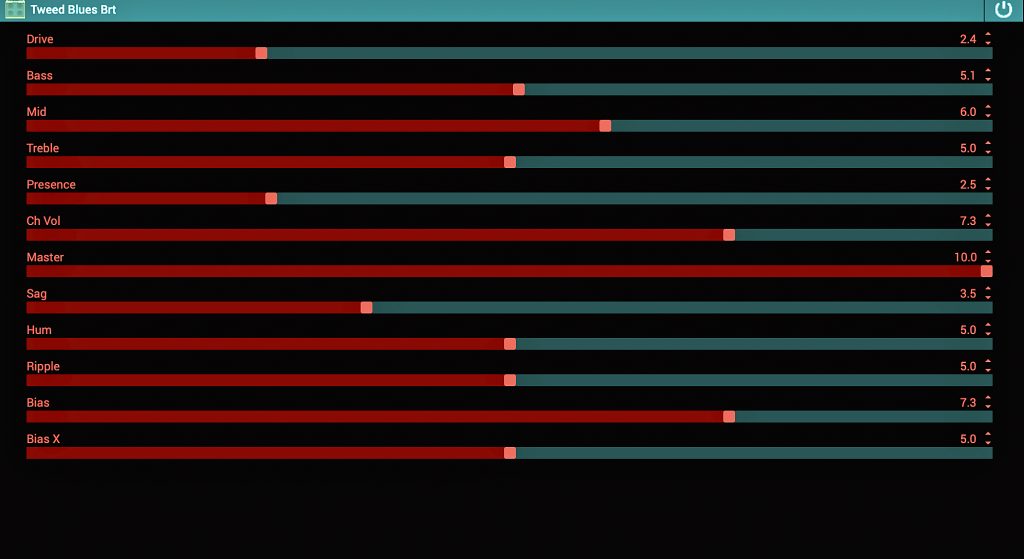
I added a Teemah! distortion block that’s based on the relatively transparent Paul Cochrane Timmy drive.
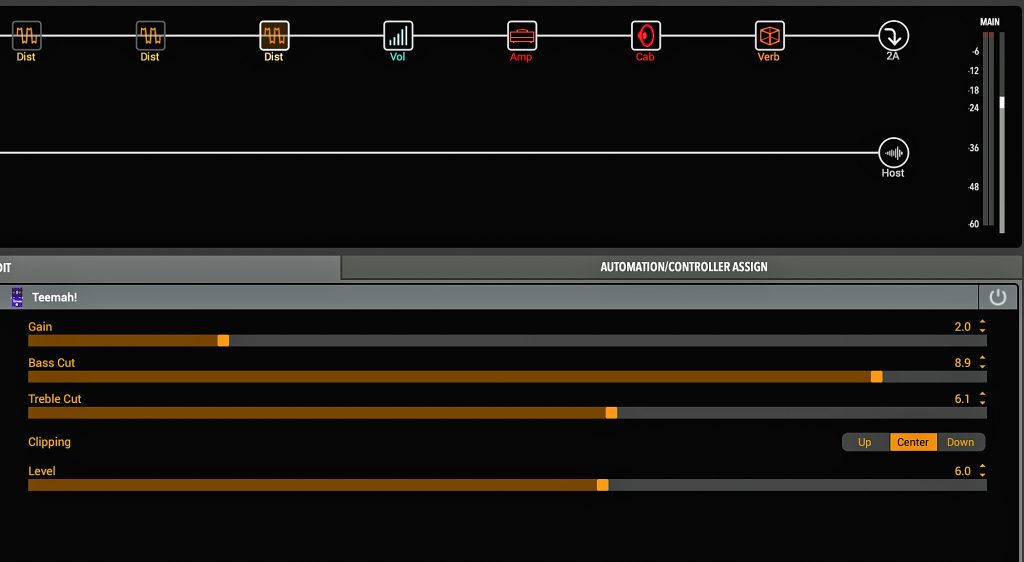
Going into that I put a Minotaur to provide some legendary Klon-style mid-push.
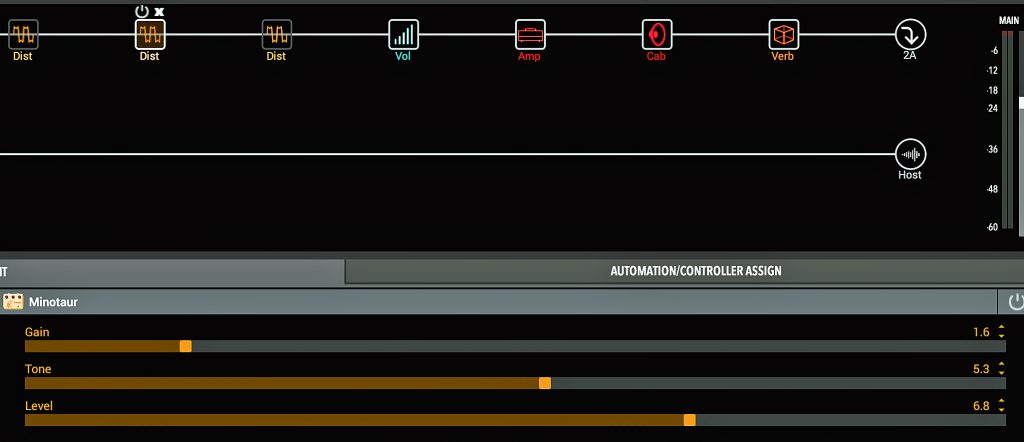
At the front of the chain, I placed a Dhyana drive for that smooth Zen Drive-like sustain.
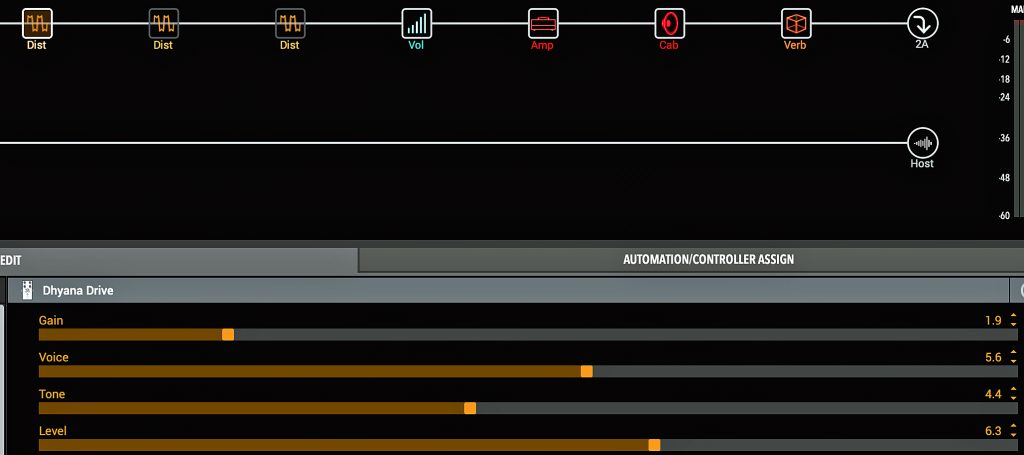
Each distortion pedal was set to the low end of its gain range. I then experimented with permutations of the pedals turned on individually and together—as you can hear in this audio clip:
Dialing in the Combination
If I was good at math I might not have become a guitarist—but it was soon obvious even to me how many different sounds I could access by combining these three options. I could run each drive alone through the amp, combine any two, or all three, and adjust the controls in nearly endless ways. If one combination didn’t work, I could easily swap in a different pedal. Sometimes, changing the order of the pedals can be the answer, something much easier to do in a modeler than in the Velcro and patch cable jungle of a hardware pedalboard
Modeling makes this kind of experimentation easy, but if you don’t yet own a modeler you can, of course, still do it with any combination of analog drive, distortion, and fuzz pedals you own. There is no right order. If it sounds good to you, it is good.
Helix, and many other modeling systems allow you to choose from a wealth of boost, overdrive, distortion, and fuzz models. You can experiment with any and all combinations in any order—just start out with the gain low and increase to taste. The result will be access to an amazing range of dirt, and a bounty of knowledge that can also be transferred to the analog world, should you choose.
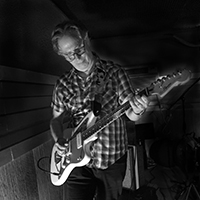
Michael Ross is a writer, musician, and producer living in Nashville. He curates guitarmoderne.com, dedicated to avant-garde guitar, and contributes to Premier Guitar, Guitar Player, and Electronic Musician. He is also the author of Getting Great Guitar Sounds and All About Effects.
Related posts
By submitting your details you are giving Yamaha Guitar Group informed consent to send you Line 6 product information. We will only send you relevant information. We will never sell your information to any third parties. You can, of course, unsubscribe at any time. View our full privacy policy


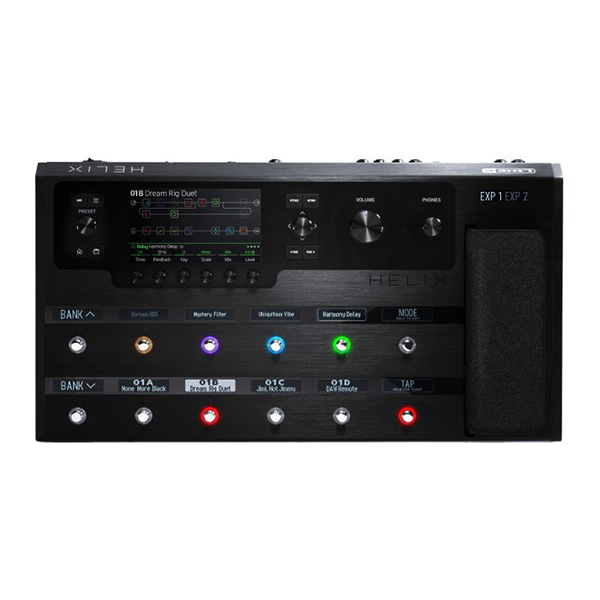
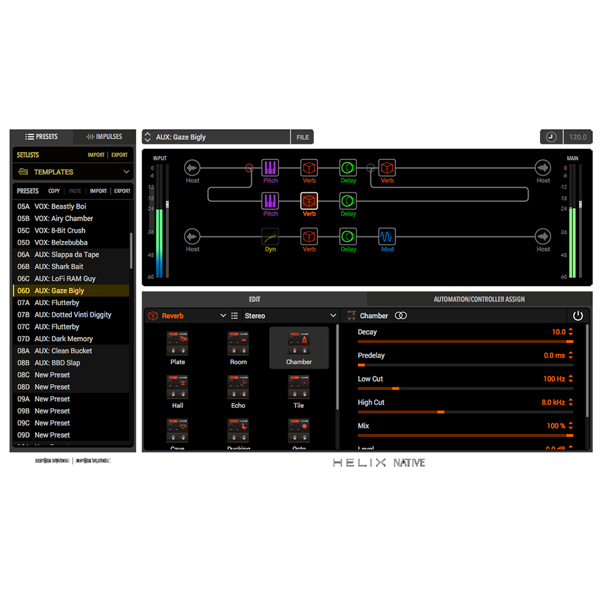
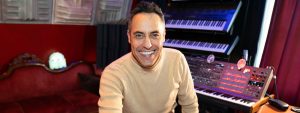
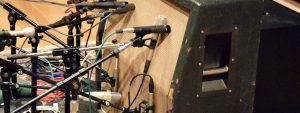

Leave a Reply
You must be logged in to post a comment.